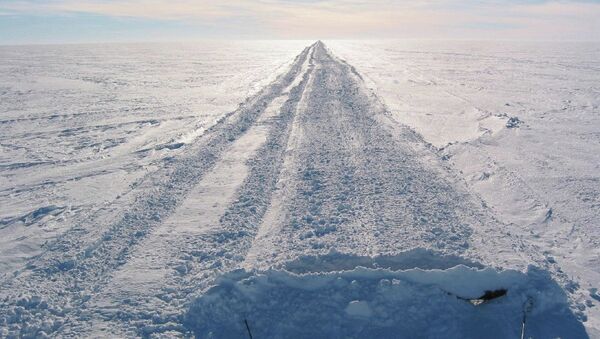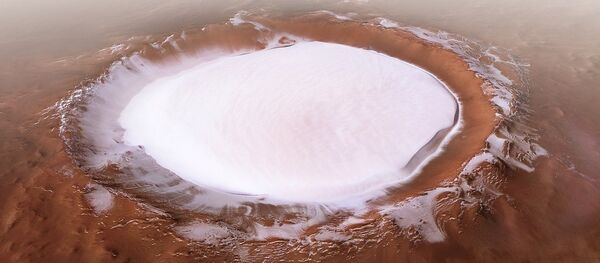According to scientists, Earth’s sea levels are increasing, but not to the extent they should be. However, the ultimate job is expected to be done by the dramatic melting that Antarctica is already witnessing, with water levels shooting up 30 feet almost overnight.
Recent research focused on the global temperatures about 115,000 years ago and found they were the same as now. However, at that point in time (commonly referred to as the Eemian epoch), the scorching ocean temperatures caused an overwhelming ice melt, rocketing sea levels up.
The same phenomenon could be happening at today's temperatures, but it isn't — at least, not yet. The frightening revelation is that if modern ocean temperatures are the same as they were during the Eemian that means the planet might soon have to reckon with the devastating sea rise that is currently, inexplicably, missing.
"There's no way to get tens of meters of sea level rise without getting tens of meters of sea level rise from Antarctica," Rob DeConto, an Antarctic expert at the University of Massachusetts,was quoted by news.com.au as saying. His team, referring to the innovative computer models detailing the Eemian period, marine ice cliff collapse and marine ice sheet instability, warned that if Antarctica’s ice shelves undergo similar phenomena, this could bring real disaster to Earth.
If oceans rise by just 6 feet (as compared to the projected 20 to 30) large swathes of coastal cities will be totally submerged, with streets turned into water-filled canals, the researchers stated.
"What we pointed out was, if the kind of calving that we see in Greenland today were to start turning on in analogous settings in Antarctica, then — Antarctica has way thicker ice, it's a way bigger ice sheet — the consequences would be potentially really monumental for sea level rise," DeConto said.




